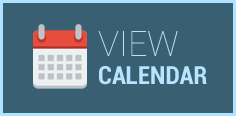Students
The Vaughan Community Health Centre (VCHC) offers placement opportunities for secondary and post-secondary students from various fields of study. These students contribute fresh perspectives, skills, and experiences that enhance and broaden the agency’s capabilities. We are dedicated to supporting student education by managing placements respectfully and effectively, and by recognizing the valuable contributions students make to our organization.
For Students:
If you are interested in completing a school placement at VCHC, please reach out to Kelly Lo. Students will need to attend an interview and orientation and provide the following: 1) Vulnerable Sector Screening Check; 2) Proof of Negative Tuberculosis Status and immunity to preventable diseases; 3) Two references. For more details, please refer to VCHC’s Student Manual.
For Schools:
If you are interested in having your student complete their placement at VCHC, please contact Kelly Lo: [email protected].





